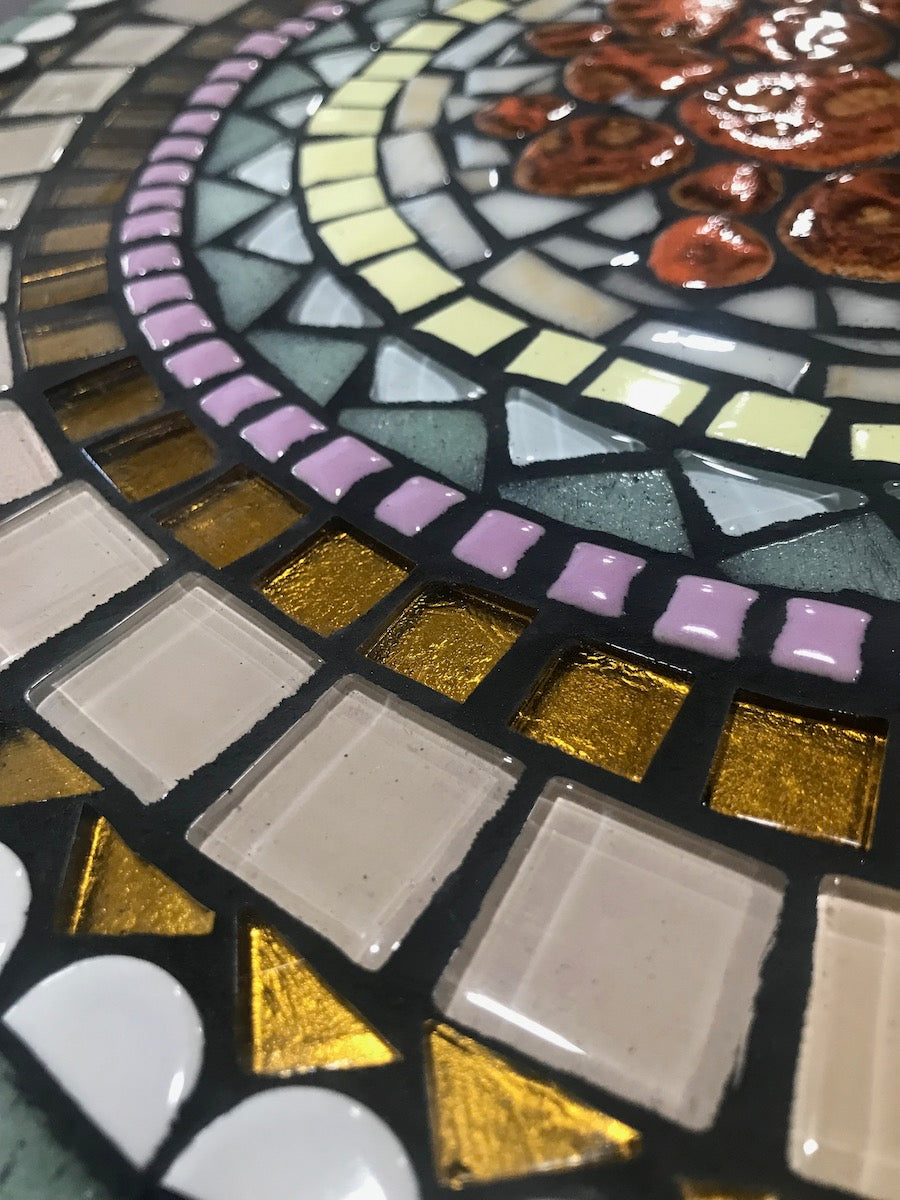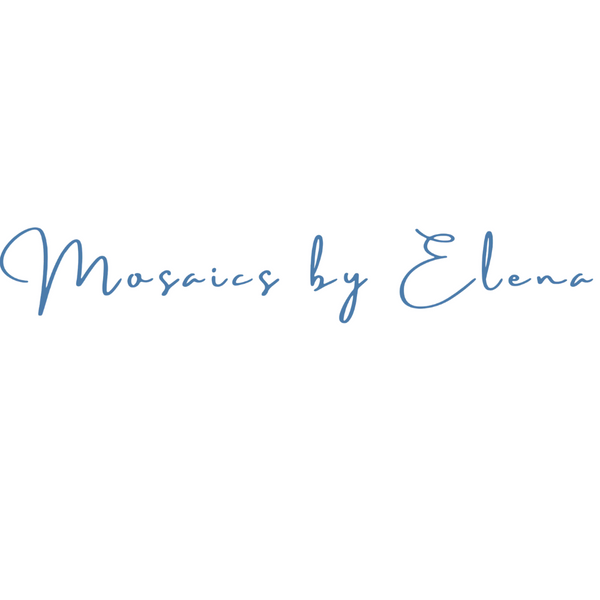
Ceramic vs Porcelain: Understanding the Differences
Ceramic vs porcelain: which one to choose? These two materials are often used interchangeably but actually have distinct characteristics. Understanding these differences can help you decide when choosing materials for your next art installation. In this blog post, we explore both compositions, characteristics and production processes. Keep reading to learn which is best for your project.
Ceramic vs porcelain: things to consider 
Ceramics are made of a mixture of clay, minerals, and water. Porcelain is made of a more refined and pure mixture of kaolin, feldspar, and quartz. So how do you choose when to use ceramic vs porcelain?
The combination of materials used in porcelain makes it more durable and less porous than ceramic. The durability of porcelain is comparable to that of glass. This material can withstand the test of freeze-thaw cycles, making it ideal for outdoor use in Canada's varying temperatures. Beyond durability, Porcelain's refined and pure material also offers greater versatility, which is why porcelain is also recommended for use in mosaic art.
Ceramic tile is more commonly used in decorative and functional home items such as vases, dinnerware and mugs, and it makes a perfect material for colourful decorative mosaic art, like in mirrors, tabletops, and kitchen backsplashes.
Use across history

Mosaic art has a long history with porcelain. The ancient Greeks and Romans were among the first to use porcelain in mosaic art in Europe. They discovered that it was the perfect material for creating intricate designs that could withstand the test of time. Small pieces of porcelain would be cut into shapes and then used to create intricate designs on walls, floors, and ceilings. Some of the most famous mosaic art pieces from the Greek era are still around today, proving the durability and beauty of porcelain.
Middle Eastern civilizations made Ceramic tiles popular with their use in Islamic Mosques and palaces, along with glass and stone tiles. Their use expanded to North Africa and Spain.
Conclusion
It all boils down to composition, appearance, and varying temperature resistance. Porcelain is a beautiful and versatile material that is perfect for creating mosaic art. Ceramics can also be utilized, but it's usually recommended for decorative and functional items. Both can be suitable for art projects, depending on your goals and expectations.
Whether you choose ceramic or porcelain, mosaic art is a unique work of art. A specialized accent for your home, something to spruce up your space, a relaxing hobby, or a conversation starter, at the least. Perhaps it's also an invitation to explore and discover more classical mosaic works of art.
Want to give mosaic art a try? Check out our upcoming workshops or one of our DIY Art Kits.
